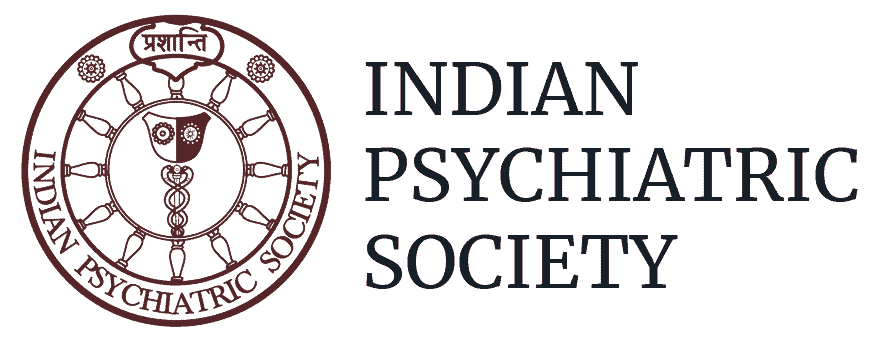
Management of Obsessive-Compulsive Disorder in Children and Adolescents
Summary: “This document provides evidence-based guideline for psychiatrists practicing in India for the assessment and management of OCD in children and adolescents, based on the available evidence([Avasthi et al., 2019, p. 306](zotero://select/library/items/WHI6993U)). OCD should be screened for in children and adolscents who present with illnesses that are known to be comorbid. Diagnostic assessment (to reach a diagnosis” ([Avasthi et al., 2019, p. 307](zotero://select/library/items/WHI6993U)) as per ICD-11 or DSM-5) must include considerations of cognitive maturity, and patterns where tic-like sensations, ritualisation, and particular patterns of obsessions and compulsions may predominate. The clinical practice guideline also lays down considerations for assessment of development, comorbidity, family dynamics, education and intellectual achievement which may affect the diagnosis and management. Assessment tools for screening, diagnosis and severity rating that are appropriate in this population and have been used in India, are reviewed. Treatment guidelines are presented separately for different levels of severity, and based on whether there is evidence of treatment resistance. Process recommendations for non-pharmacological treatment (via cognitive-behavioral therapy) and the sequential use of medication, are also provided.
Authors: Ajit Avasthi, Akhilesh Sharma, Sandeep Grover
Year of Publication: January-2019
Citation: Avasthi A, Sharma A, Grover S. Clinical Practice Guidelines for the Management of Obsessive-Compulsive Disorder in Children and Adolescents. Indian J Psychiatry. 2019 Jan;61(Suppl 2):306Ð16.
IJP Article Link
The IPS Archive
All notices & announcement of the IPS are now archived for future reference and are availabe in a searchable format for registered members of the society.


